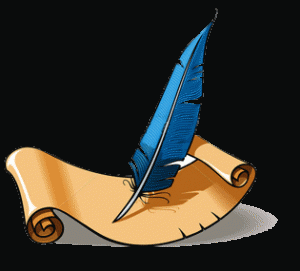President’s Message
Teaching Golf… More to the History
 The one thing that I’m thankful for is the fact that the mechanics of the golf swing are universal. In other words, no one particular nation has a unique way to hit the ball that may for instance be considered the “American Technique,” the “British Technique,” or that of any other golfing nation.
The one thing that I’m thankful for is the fact that the mechanics of the golf swing are universal. In other words, no one particular nation has a unique way to hit the ball that may for instance be considered the “American Technique,” the “British Technique,” or that of any other golfing nation.
Certainly in the ski teaching industry, which I was involved with for a long time, this was not always the case. Similar to golf, the roots of this industry were also born in Europe, but in this case, specifically the European Alps. The Swiss, Austrians, Germans, and French all developed their own particular style of skiing and teaching which was unique to each nation. As a result, their “methods” carried a certain amount of national pride. The Austrians felt that the best way to make a ski turn was to “down unweight,” which meant at the start of the turn the student would push the knees down, momentarily making the skis lighter and easier to turn. The French, on the other hand, felt the opposite. They would “up unweight” their skis, which promoted a rising motion at the start of the turn. The Swiss were somewhere in between with a unique pole plant and body position, and the Germans had a very aggressive and robotic way of turning their skis.
Just like their counterparts in golf, ski teaching professionals from these various nations were the first to bring skiing and ski teaching to countries like Canada, the United States, Australia, Japan, etc. The difference being, however, that whenever ski teachers from various nations got together to discuss technique, there were many heated exchanges and jealousy as to which technique was the best. After all, a certain amount of national pride was at stake, and each individual felt their method was superior. As time went on and the ski industry evolved, it was the Americans who invented shorter skis and improved upon their design. This revolutionized skiing and the ski teaching industry. The mechanics of making a ski turn suddenly became much easier. In fact, one only had to barely think about turning and the skis would respond. Much to the chagrin of the old guard of teaching pros, national techniques eventually fell by the wayside.
Understanding this type of limited, segregated thinking from another sport, and how it evolved, can help us appreciate how our sport of golf has evolved, as well, because the golf teaching industry can also be considered a jealous industry. I say this because, traditionally, golfing nations have never recognized the training of one another. Even though a teaching professional from any golfing nation may have achieved their country’s highest training in teaching or managing a golf shop, if one happens to emigrate to another golfing nation, their training has never been officially “recognized.” And, although good golf swing mechanics will always simply be determined by clubhead speed and clubface angle at impact, these individuals are requested to redo the entire multiple-year training process, costing the poor victim thousands of dollars.
Enter golf’s modern era and the USGTF. When we first started training and certifying golf teaching professionals 23 years ago, individuals would come to the United States from all over the world to attend. The origins of this type of training, therefore, held no prejudice or jealousy among participants. In fact, the opposite feelings evolved: the sharing of ideas, camaraderie among participants, and lifelong friendships. With the advent of the biennial World Golf Teachers Cup and sudden access to worldwide communication, these bonds of acceptance with our teaching peers have only been strengthened.




